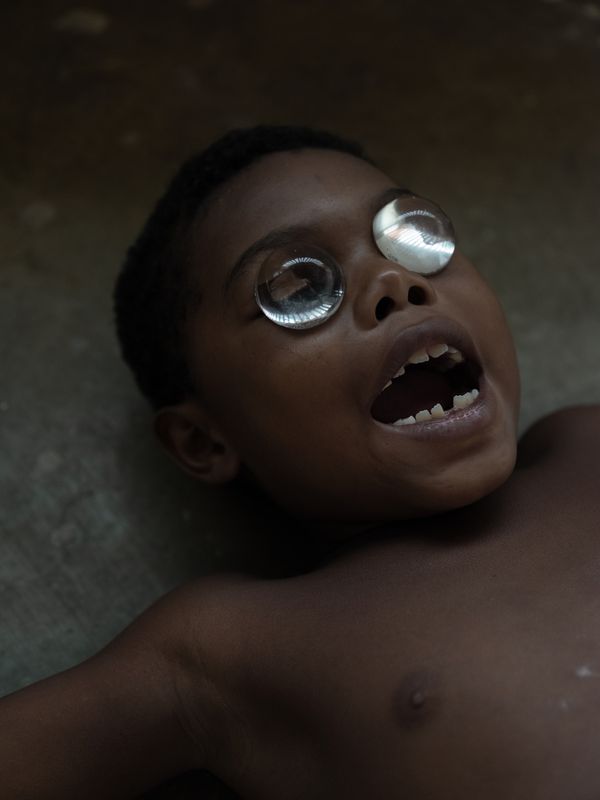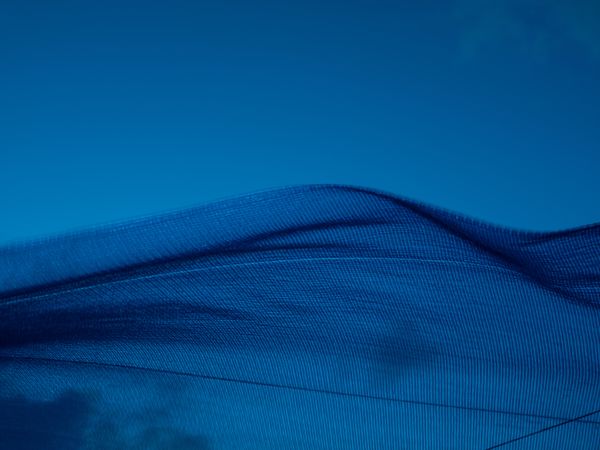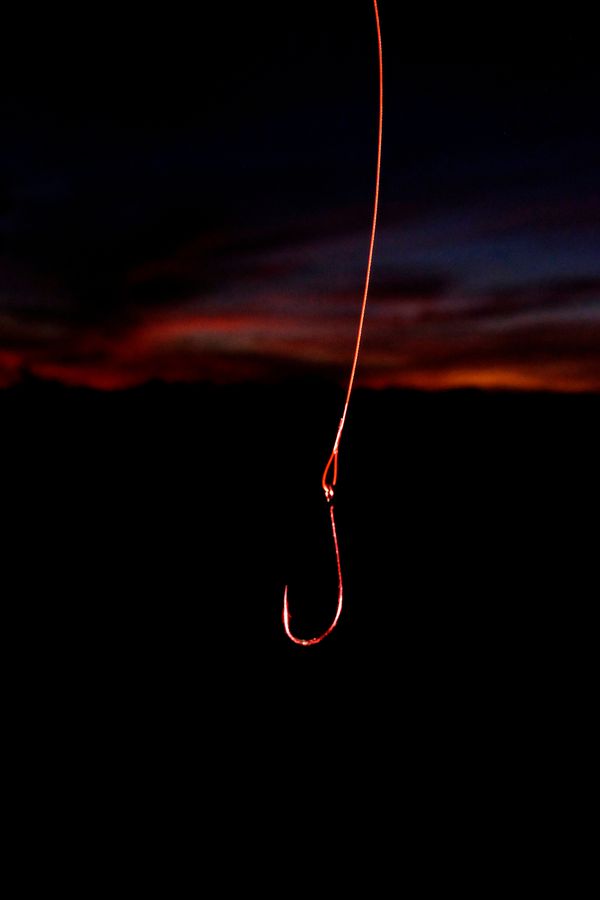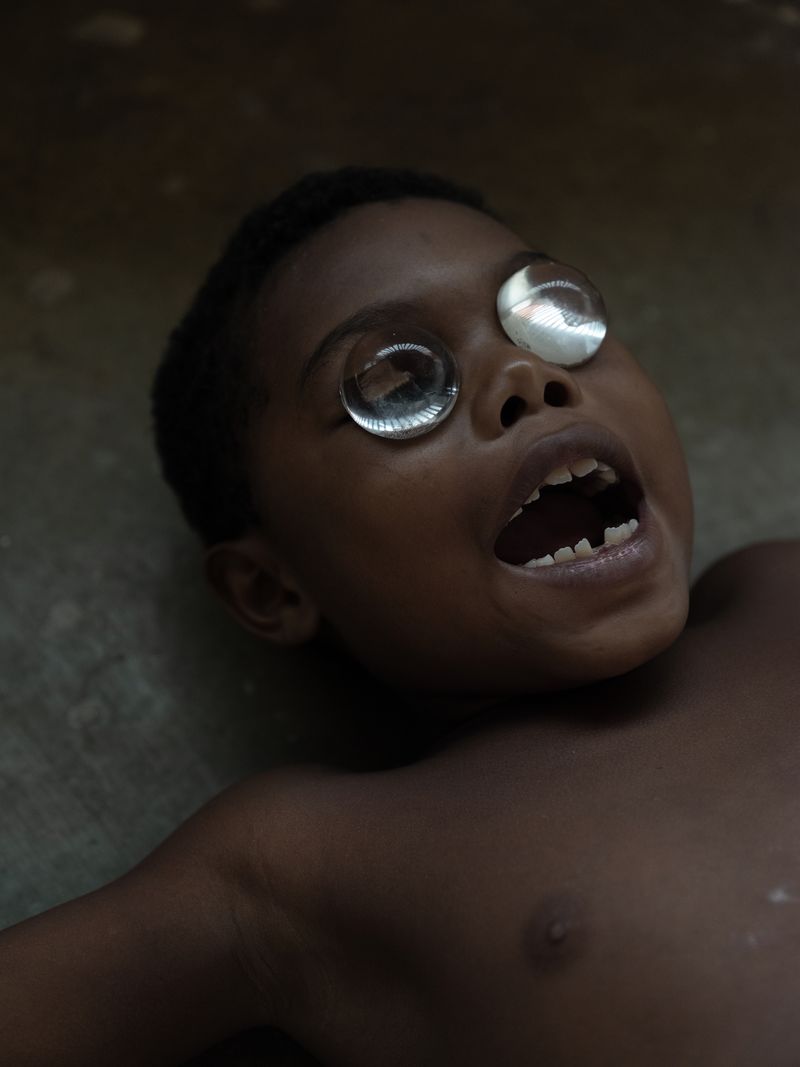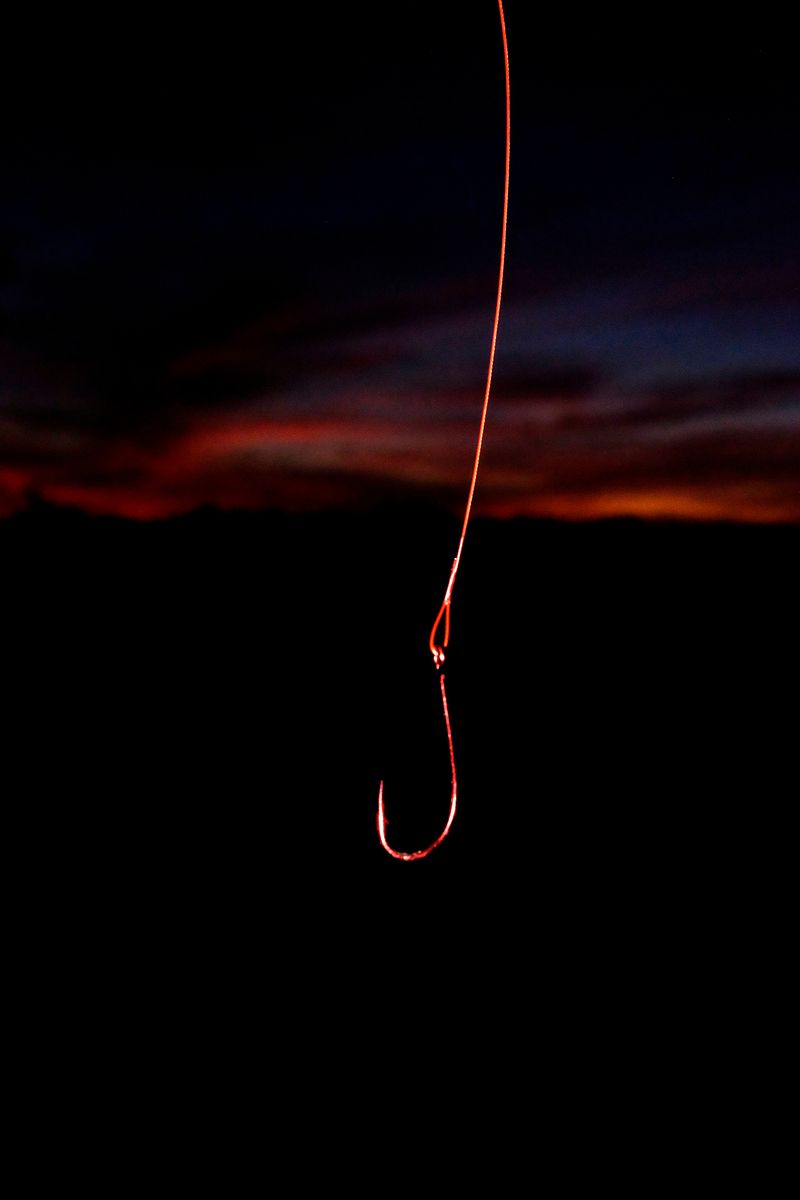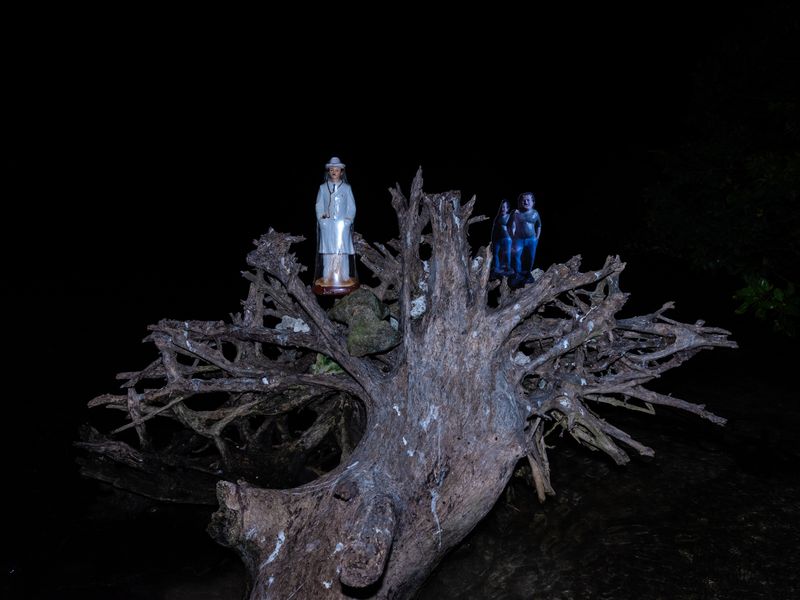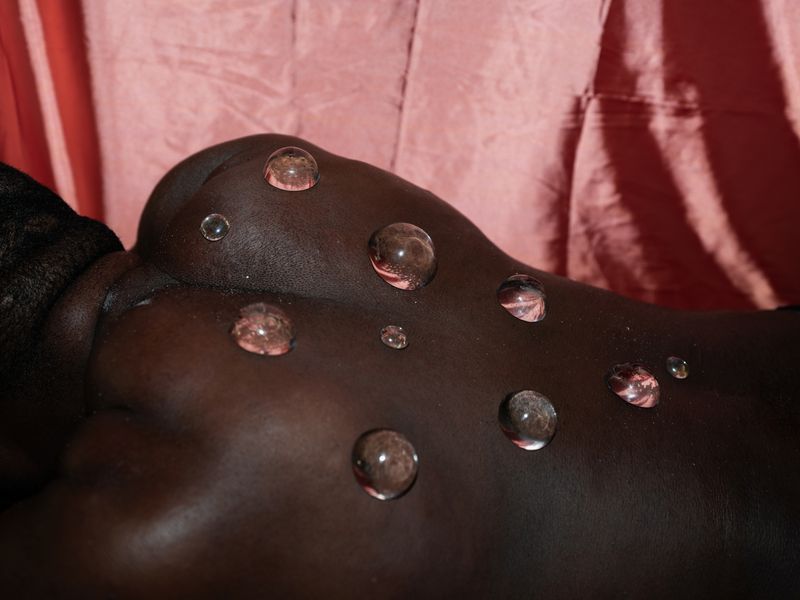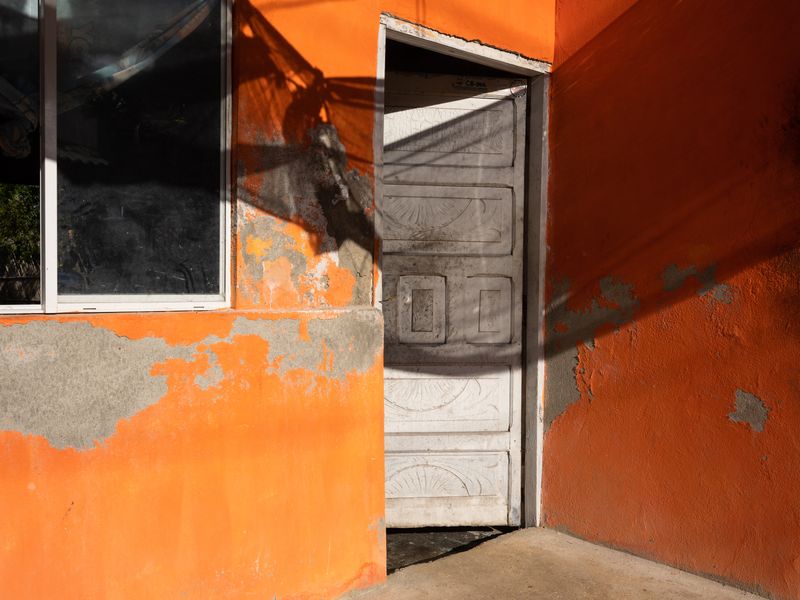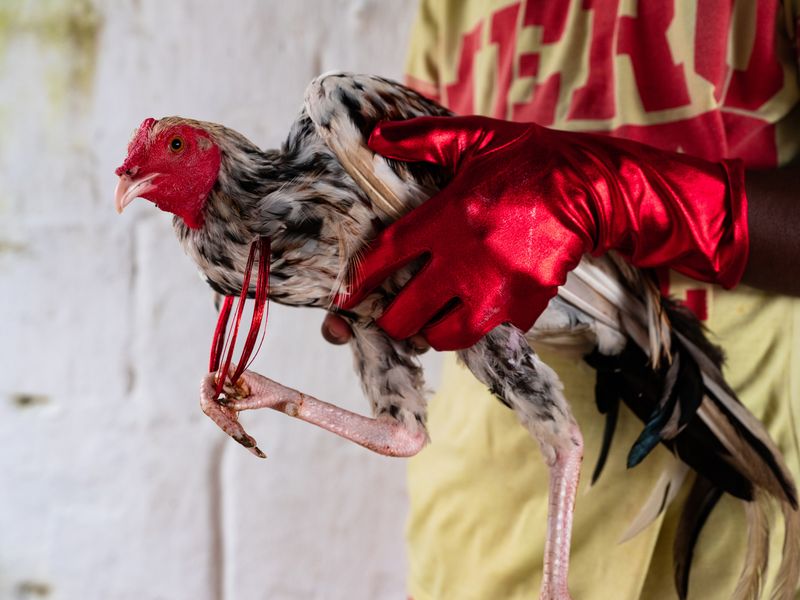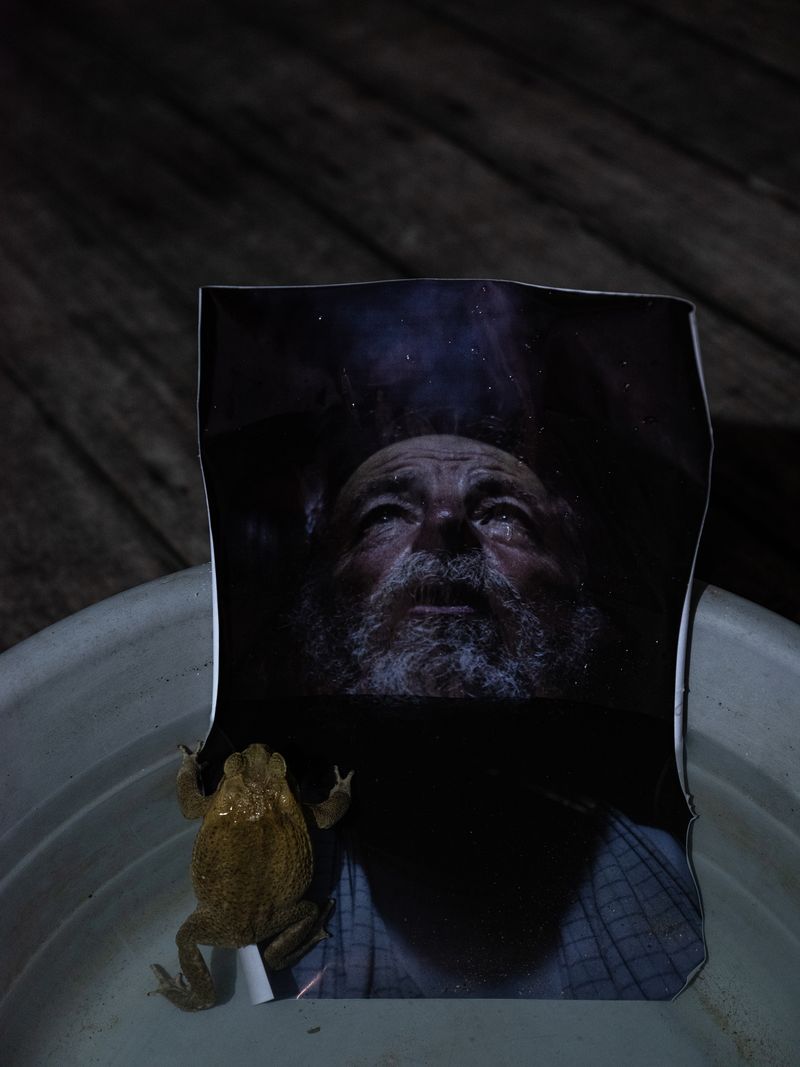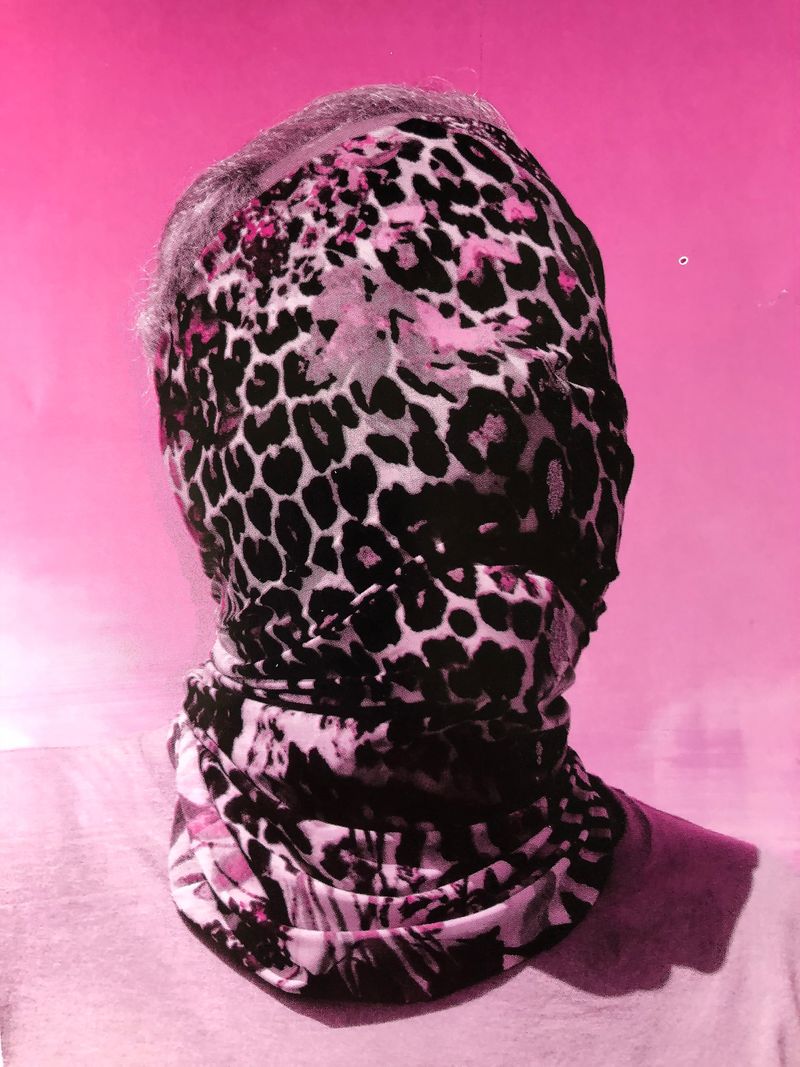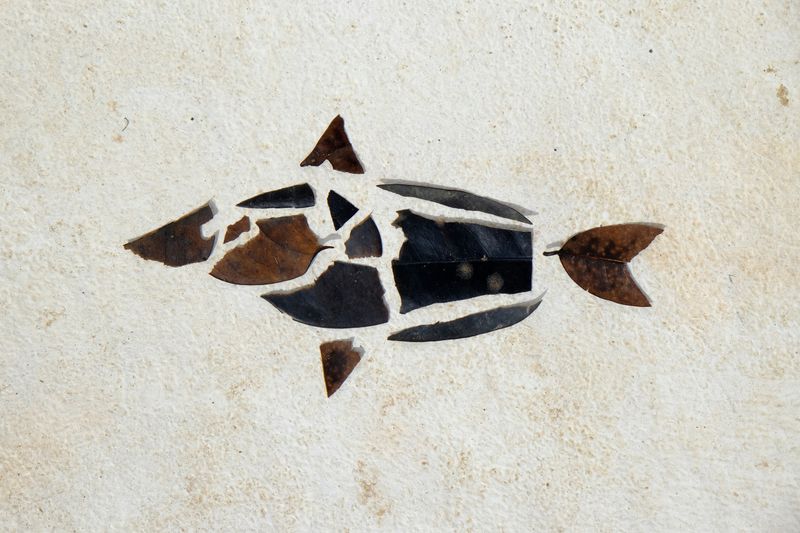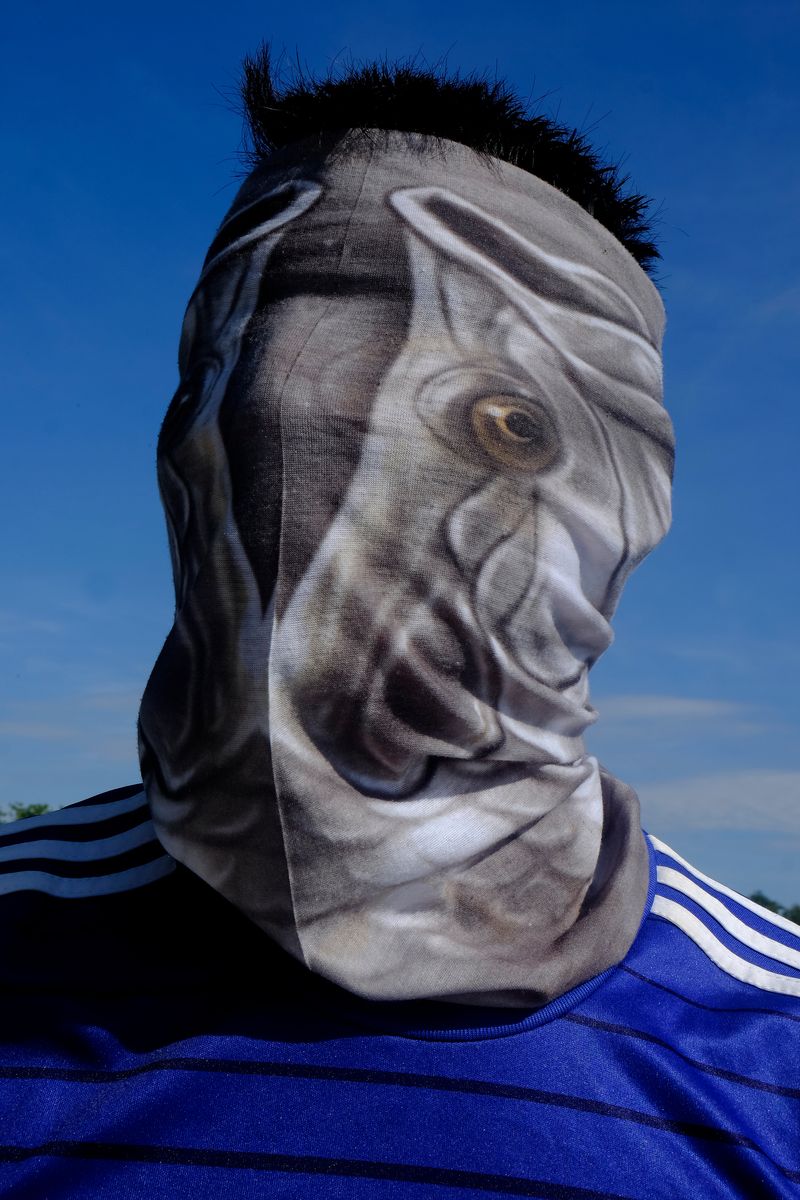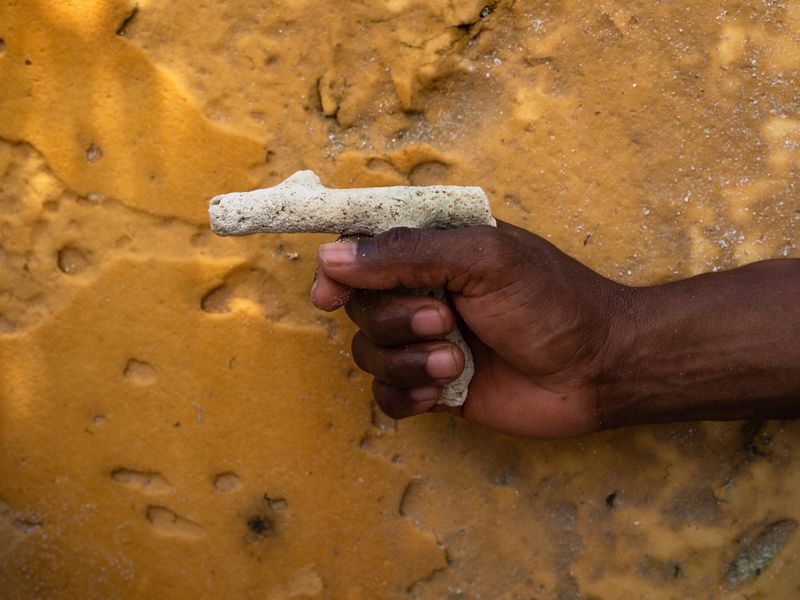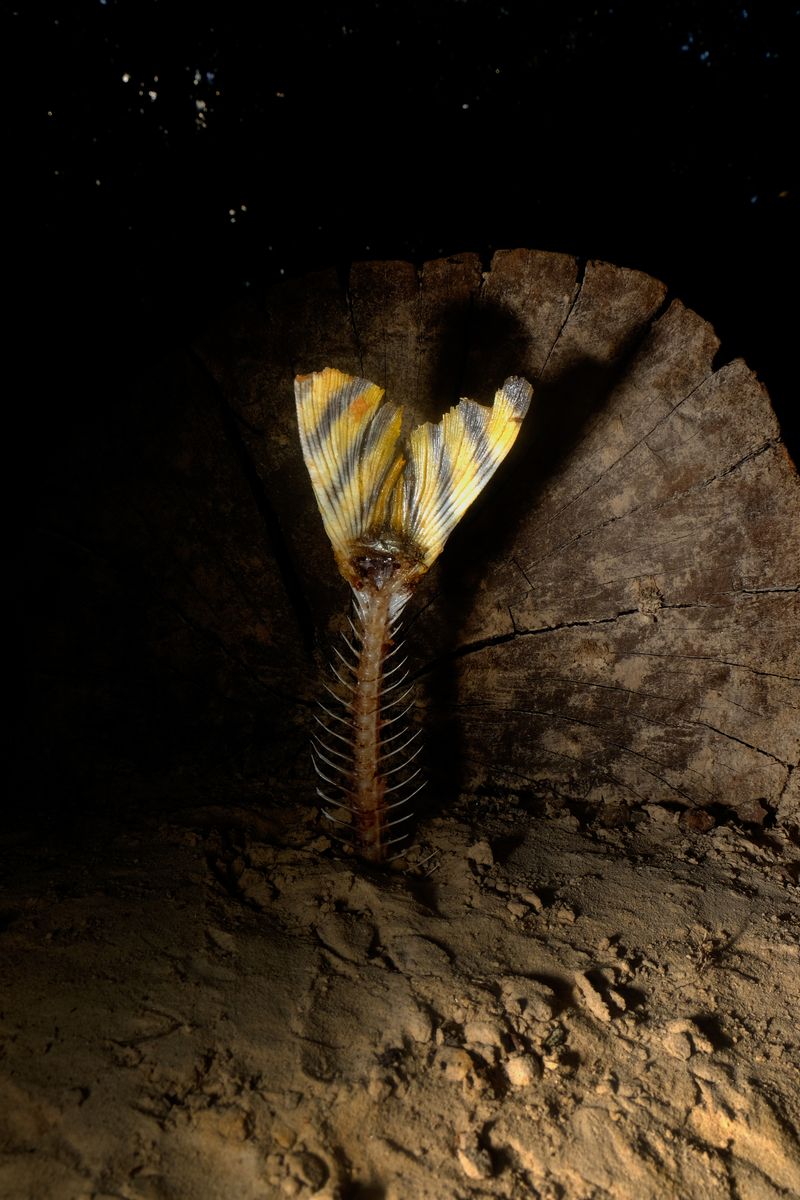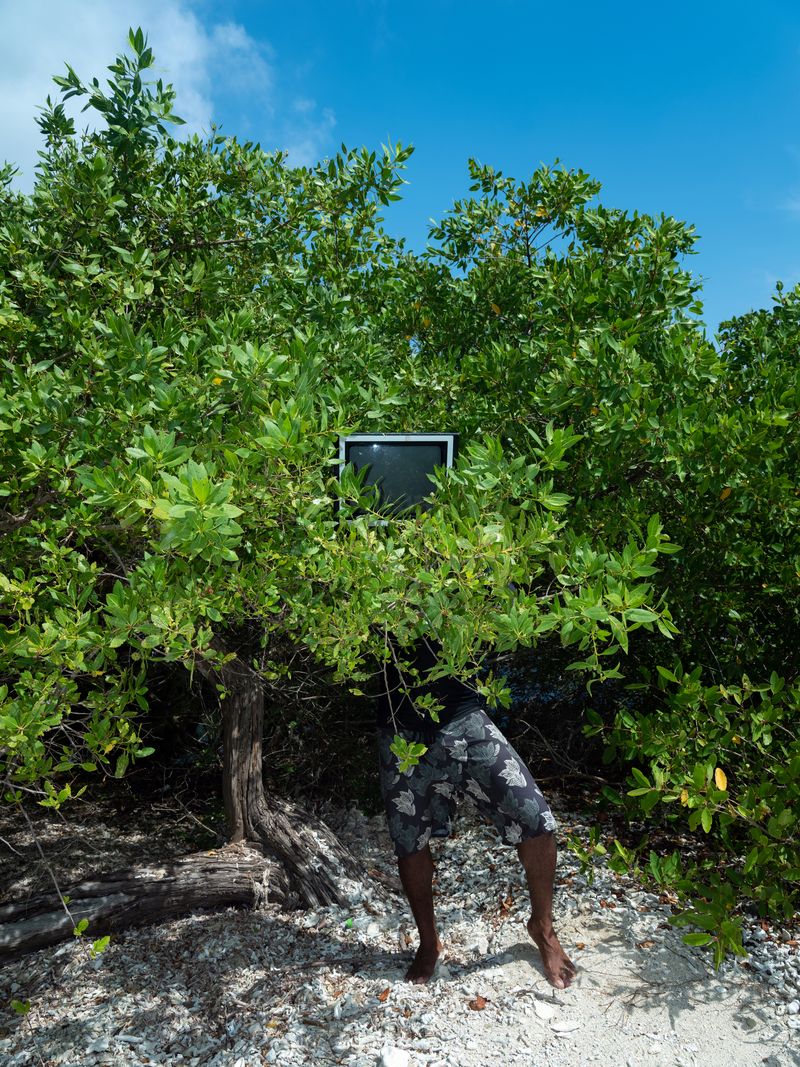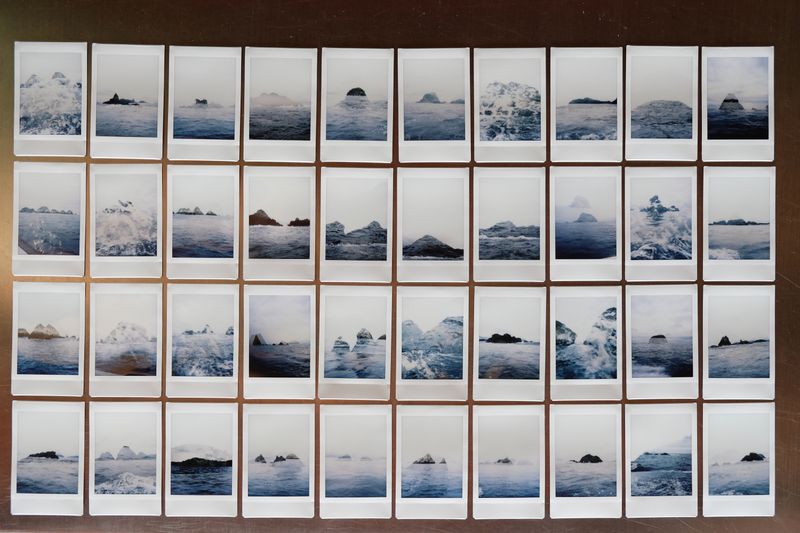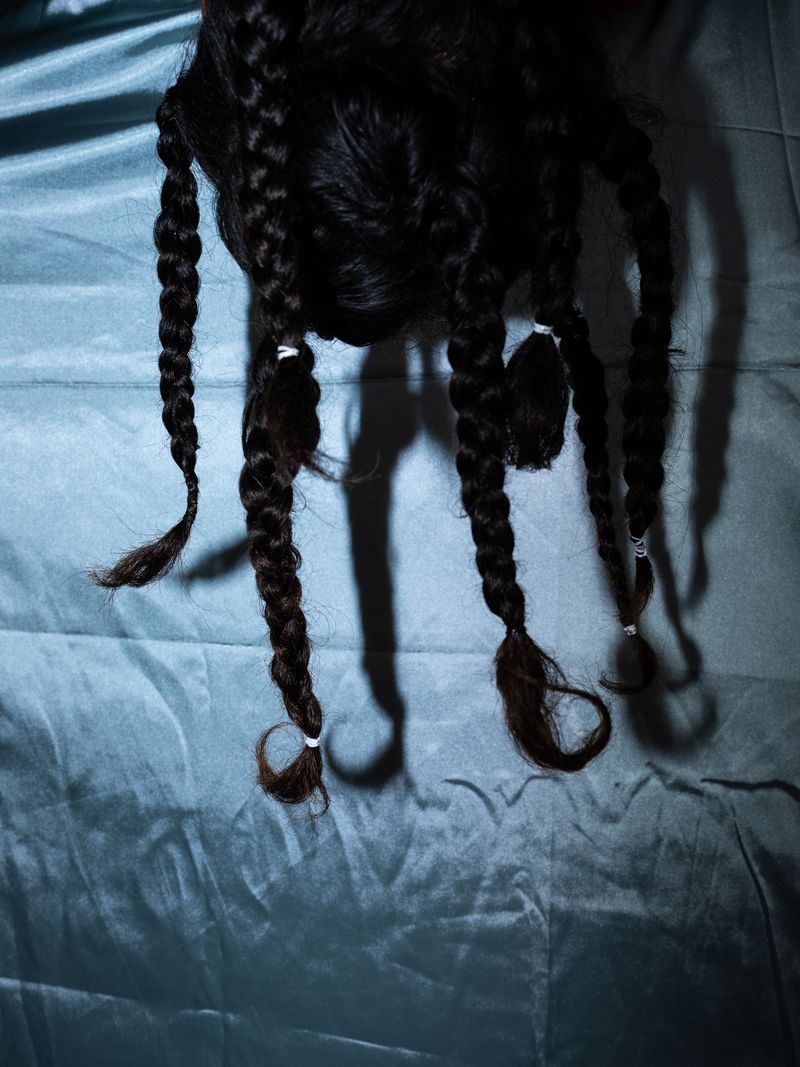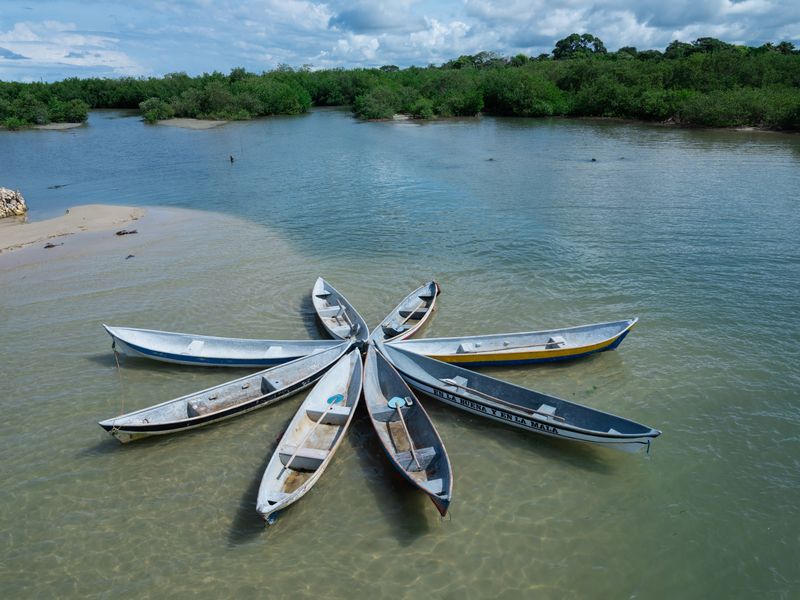The Fish Dies By Its Mouth / El pez muere por la boca
-
Dates2016 - Ongoing
-
Author
-
Recognition
-
Recognition
The Fish Dies By Its Mouth / El pez muere por la boca reflects on the resilience of peoples in contexts of drug trafficking and fishing. The beach line connects the sea (or river) with the continent (or mainland) where amphibious communities inhabit with long traditions of music, dance, hairstyles, games and celebration. Also of agriculture, gastronomy, tourism, whale watching and nature. This peace is permeated by paramilitary presence, violence and drug trafficking.
Drug traffickers need access to the coast to get their product out to sea. During these trips in speedboats, they are intercepted by the Colombian Navy or naval force, and their way of escaping is to drop the cargo to make the boat lighter. For a kilo of cocaine, for example, some fishermen from towns such as Rincón del Mar in the Atlantic, or Bahía Solano in the Pacific, instead of continuing with the quiet life they have traditionally had, occasionally prefer to run the risk of taking a load that floats in the sea to build the second floor of their house; to buy a multi-horse engine; or to have a fancy party that lasts more than a week. Some succumb to this pressure; others stand firm in the face of the onslaught of illegality. Such macabre characters as Pablo Escobar or "Cadena" reigned in these lands and conditioned the daily life and rules of the community.
The Fish Dies By Its Mouth / El pez muere por la boca is a participatory and intervention project in which the community is an active part in the creation of the images. The contrasts between traditions (peaceful or peaceful states) and armed pressure (paramilitary and drug trafficking groups) are expressed in different actions, landscapes, bodies and objects. Everyday life intermingles with the construction of the scenes. Here, the performative act is confused with the swaying of reality, as a song to that undefined limit between sea and land, between legality and prohibition.
